The History of Old New York
As one strolls through the bustling streets of modern-day New York, it’s easy to overlook the layers of history woven into the city’s very fabric. From the cobblestone lanes of early Dutch settlements to the iconic skyscrapers that now dominate the skyline, Old New York holds a treasury of tales waiting to be unearthed.
But what stories lie hidden beneath the surface of this vibrant metropolis, and how have they shaped the city we see today? Let’s take a closer look at the captivating journey through time that traces the evolution of New York from its humble origins to its current status as a global powerhouse.
Key Points
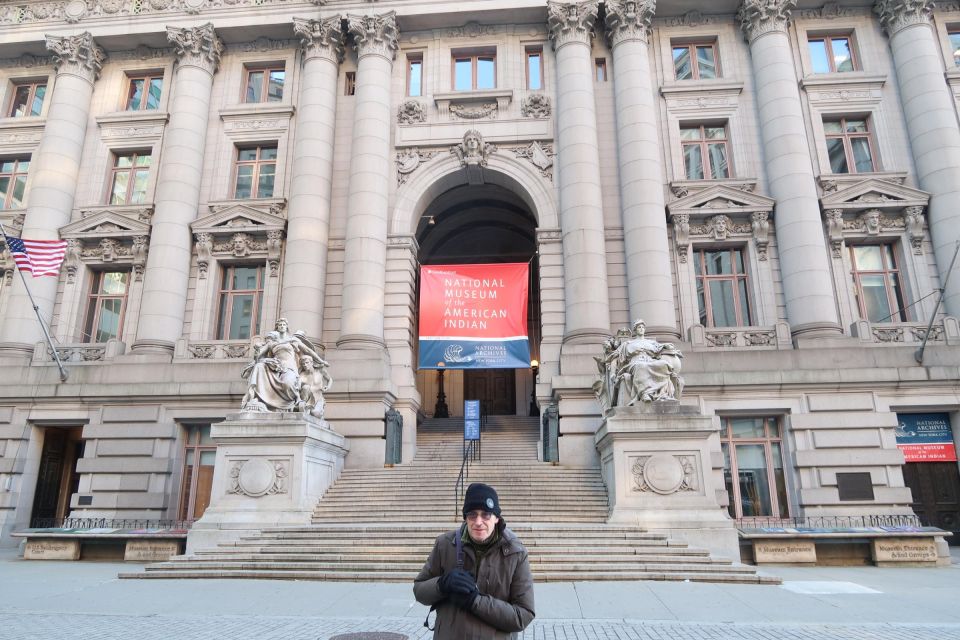
- Dutch trading post origins shaped NYC’s evolution.
- Washington, Hamilton, and Jefferson‘s historical presence.
- Alexander Hamilton‘s influence on American independence.
- Key locations revealing NYC’s role in shaping American history.
Here's some more nearby activities we've reviewed
Early Dutch Settlements in New Amsterdam
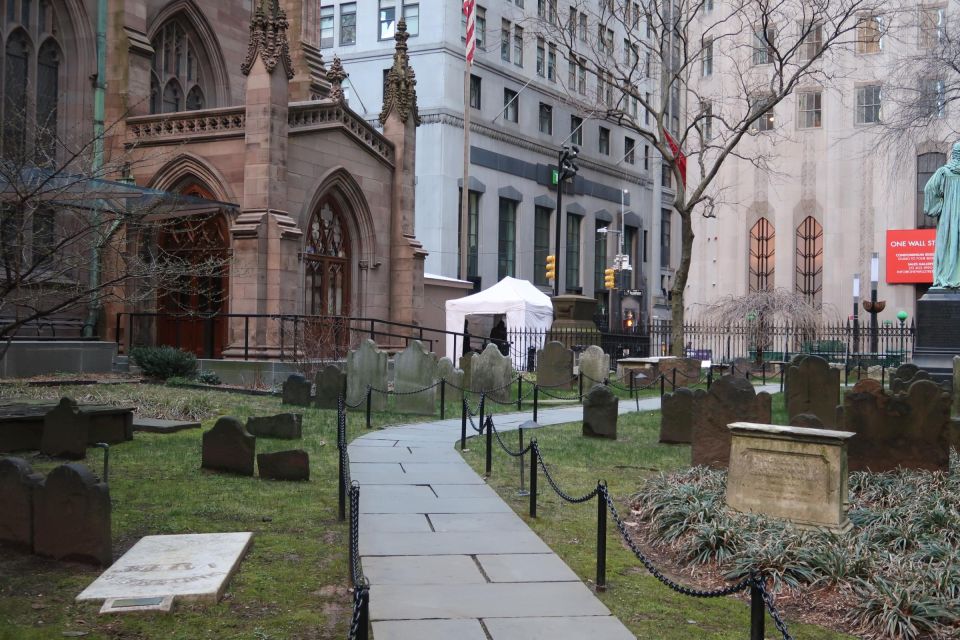
How did the early Dutch settlements in New Amsterdam shape the foundation of what would become the bustling metropolis of New York City?
The Dutch architecture and influence on colonial trade played a significant role in shaping the city’s beginnings. Dutch settlers established a trading post in the early 17th century, bringing their unique architectural style characterized by gabled roofs and brick facades. This architecture can still be seen in some historic buildings in present-day New York City.
Plus, the Dutch focus on trade and commerce laid the groundwork for New York City to become a hub of economic activity in the future. The legacy of these early Dutch settlements can be observed in the city’s layout, culture, and economic prominence.
British Colonial Rule and Revolutionary War
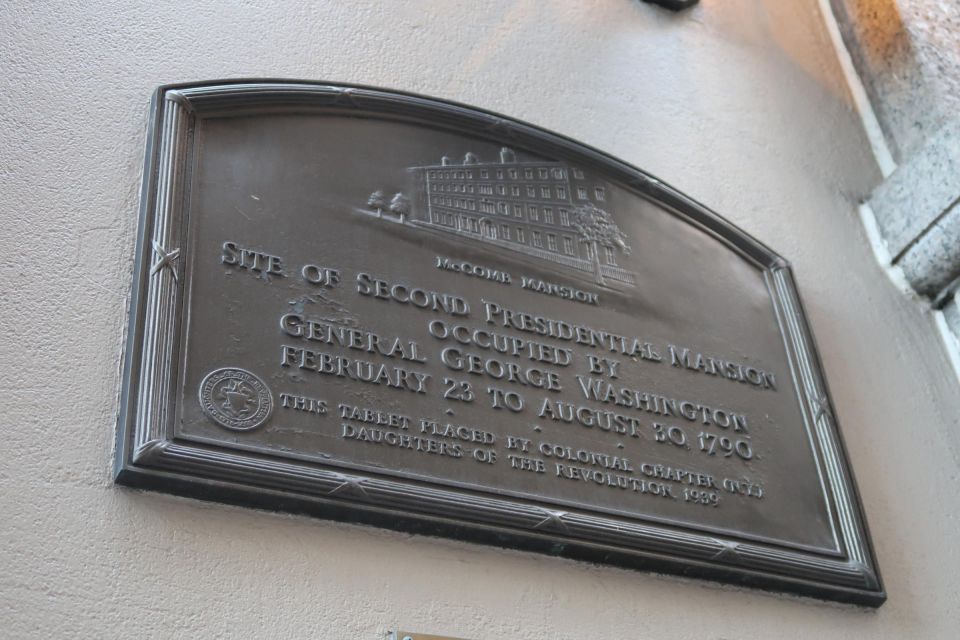
The legacy of the early Dutch settlements in New Amsterdam set the stage for the tumultuous era of British Colonial Rule and the Revolutionary War that would shape the destiny of New York City.
British colonial struggles intensified in the region, leading to significant unrest among the colonists. Revolutionary heroes emerged, such as George Washington and Alexander Hamilton, who played pivotal roles in the fight for independence.
New York City became a crucial battleground during the Revolutionary War, witnessing key events like the Battle of Long Island and the Declaration of Independence. The city’s strategic location and diverse population made it a focal point for both British and American forces.
These historical events laid the foundation for New York City’s transformation into a global hub of trade and culture.
Rise of New York as a Global Hub
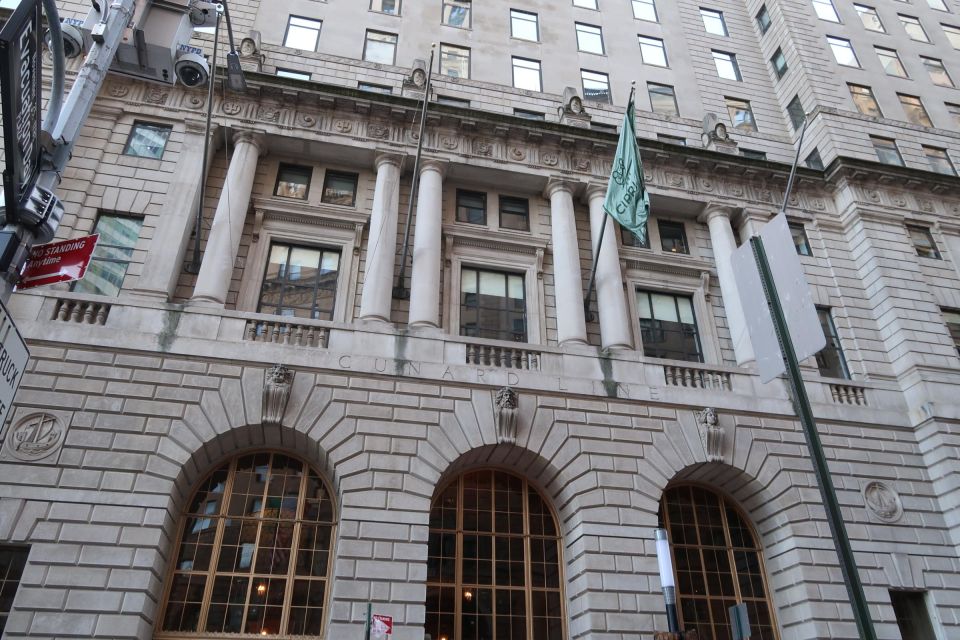
Indisputably, New York swiftly ascended as a global hub, propelled by its strategic location and vibrant cultural tapestry, shaping it into a nexus of trade and influence.
The city’s rise was marked by economic growth driven by its position as a crucial point along trade routes, establishing it as a prominent port city. This position facilitated the exchange of goods, ideas, and cultures, fostering a rich environment for cultural exchange.
As New York burgeoned, its significance in global trade became undeniable, attracting merchants, traders, and immigrants from around the world. The bustling streets and busy ports painted a vivid picture of a city on the cusp of international prominence, laying the foundation for its future as a melting pot of diversity and a beacon of economic prosperity.
Founding Fathers and Federal Hall
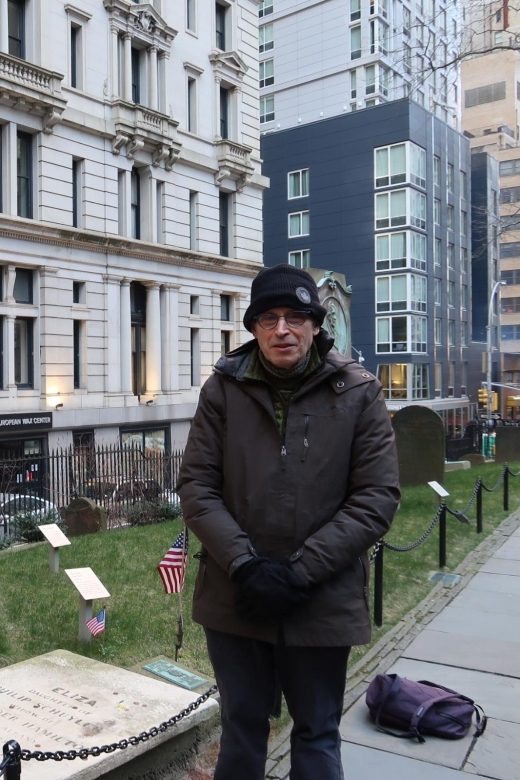
New York’s transformation into a global hub was intricately linked to the presence and influence of the Founding Fathers, notably showcased at Federal Hall.
Originally serving as the site of the first federal hall of the United States Government, Federal Hall holds immense historical significance in the city’s narrative. The Dutch influence from the early trading post era intertwined with the aspirations for American independence, making Federal Hall a focal point for understanding New York’s role in shaping the nation’s destiny.
Visitors can explore the footsteps of iconic figures like Washington, Hamilton, and Jefferson, appreciating the impact of key personalities on the country’s foundation. This historical site stands as a testament to the evolution of New York City from its humble beginnings to a crucial player in America’s history.
The Great Fire of 1835
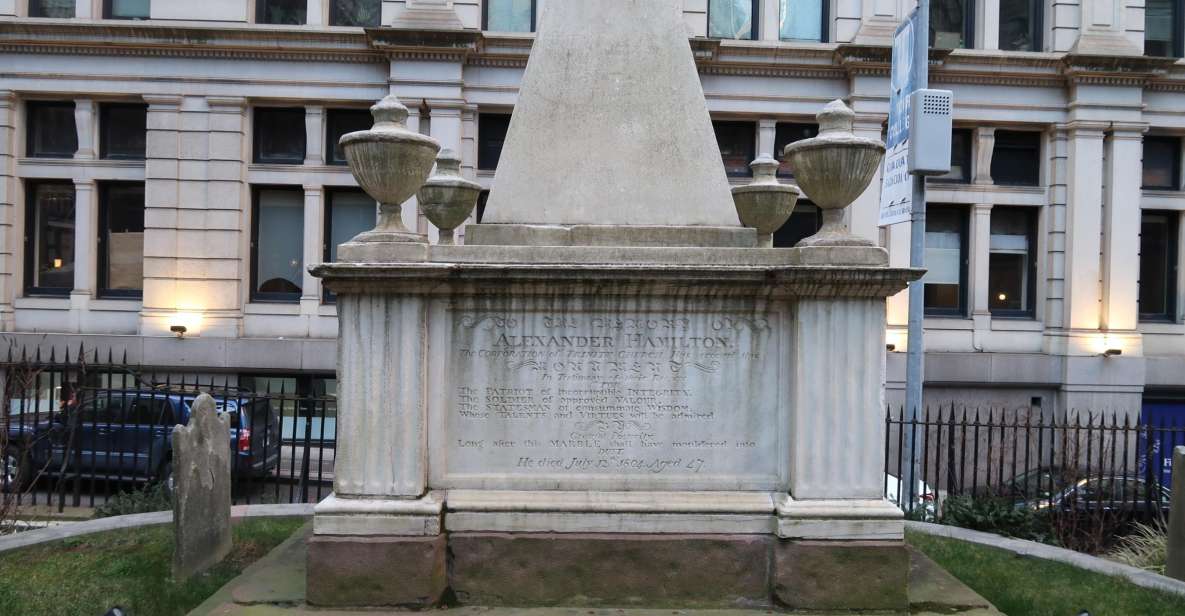
Amidst the bustling streets and growing cityscape of early 19th-century New York, a devastating event unfolded that would leave a lasting mark on the urban landscape – the Great Fire of 1835 raged through the heart of Manhattan, transforming the city in ways unimaginable.
The fire, which began in a Lower Manhattan warehouse, quickly spread due to strong winds and the city’s predominantly wooden structures. It destroyed over 600 buildings, including the Merchants’ Exchange and the historic Washington Hall.
The aftermath led to significant rebuilding efforts, with new fire codes and the introduction of cast-iron architecture to prevent future disasters. The Great Fire of 1835 highlighted the need for improved fire safety measures and urban planning, leaving a historical consequence that reshaped New York City’s architectural landscape.
Immigration and the Statue of Liberty
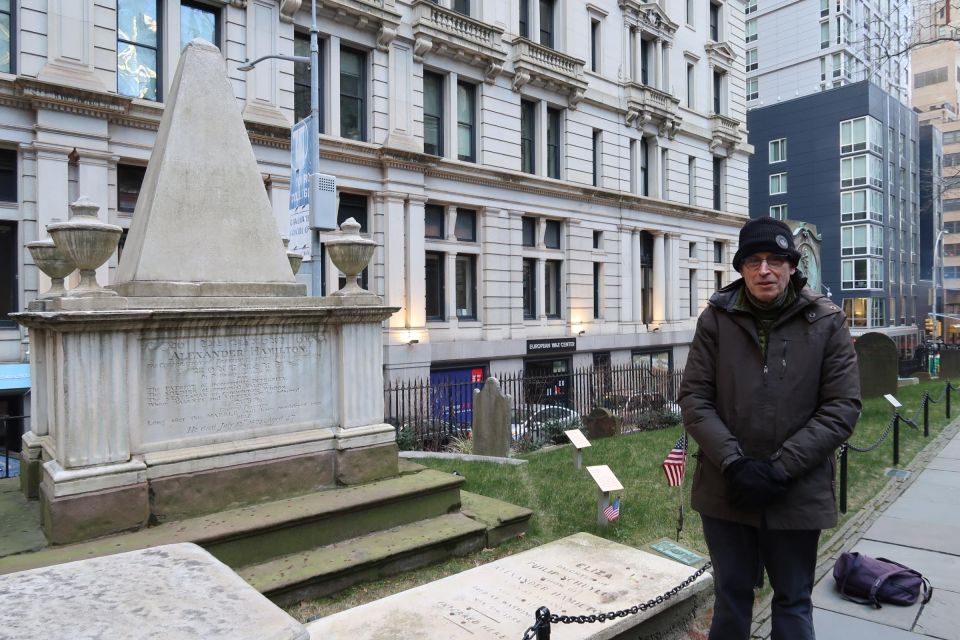
With the roaring waves of the Atlantic as its backdrop, the Statue of Liberty stands as a symbol of hope and freedom for millions who journeyed to America seeking a new beginning.
- Ellis Island: The gateway for over 12 million immigrants to the United States.
- Immigration Waves: Various influxes of people from different parts of the world seeking opportunities.
- Cultural Assimilation: Process through which immigrants integrated into American society while retaining aspects of their heritage.
- Symbol of Freedom: The Statue of Liberty greeted immigrants, symbolizing freedom and democracy.
- Historical Significance: The statue’s role in welcoming newcomers and representing American values.
Gilded Age and Industrialization
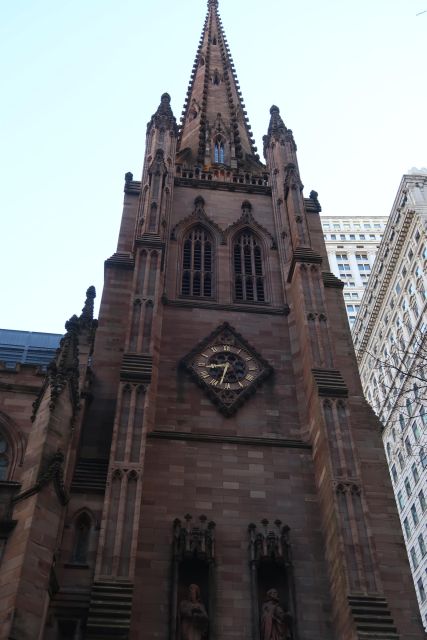
During the Gilded Age, America witnessed a rapid transformation fueled by unprecedented industrialization and wealth accumulation. Technological advancements revolutionized production processes, leading to an economic boom that reshaped the urban landscape through rapid urbanization.
New York City became a hub of innovation and industry, attracting entrepreneurs and workers seeking opportunities in factories and businesses. This period saw the rise of industrial giants like John D. Rockefeller and Andrew Carnegie, whose fortunes symbolized the era’s excesses.
The economic prosperity also brought about significant societal changes, with a growing divide between the wealthy elite and the working class becoming more pronounced. The Gilded Age marked a pivotal time in American history, setting the stage for the modernization that would follow.
Modernization and the World Wars
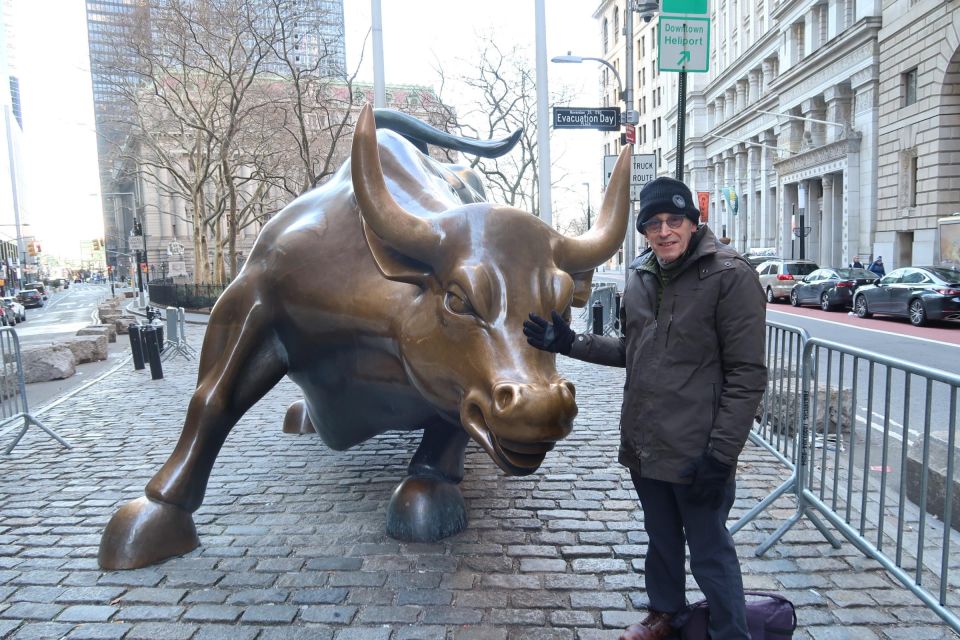
The era of modernization and the World Wars brought about unprecedented technological advancements and global conflicts that reshaped societies and economies on a massive scale.
- Impact of technology:
- Advancements in weaponry and communication revolutionized warfare.
- Industrialization led to increased production capabilities for military equipment.
- Transport innovations facilitated the movement of troops and supplies.
- Medical advancements improved the treatment of wounded soldiers.
- The development of radar and encryption technologies changed military strategies.
During this period, military strategies evolved rapidly, with a focus on utilizing new technologies to gain an advantage on the battlefield. The World Wars also highlighted the devastating consequences of modern warfare on cities and civilian populations. The interplay between technological innovation and military tactics paved the way for significant changes in how wars were fought and won.
Here's a few more nearby tours and experiences we have reviewed.
Common questions
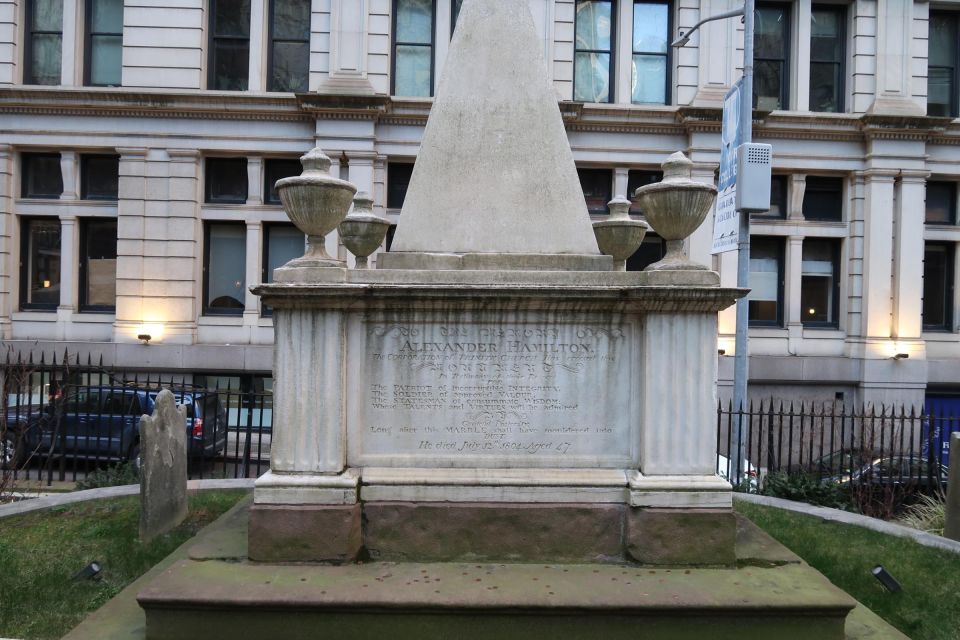
How Did the Early Dutch Settlers Interact With the Native American Tribes in the New Amsterdam Area?
Early Dutch settlers in New Amsterdam interacted with Native American tribes through trade, conflicts, and cultural exchanges. These interactions influenced the development of early settlements and shaped the dynamics between the Dutch and the indigenous peoples in the area.
What Role Did Women Play in the Early Dutch Settlements in New York?
Women played essential roles in early Dutch settlements in New York. They contributed to trade, agriculture, and family life, interacting with Native American tribes. Amid British conflicts and the Revolutionary impact, women navigated the changing social landscape, cultural changes, and industrialization effects.
Were There Any Significant Conflicts or Disputes Between the British Colonial Rulers and the Dutch Settlers in New York?
British and Dutch tensions in early New York led to colonial disputes over land, trade, and governance. Conflicts arose from conflicting interests, cultural differences, and competition for power. These struggles shaped the region’s history.
How Did the Revolutionary War Impact the Daily Lives of the Residents of New York City?
The Revolutionary War brought turmoil to New York City, disrupting daily lives with shortages, curfews, and military presence. Residents faced uncertainty, fear, and economic hardships. The impact of war reshaped routines, relationships, and survival strategies for many.
What Was the Cultural and Social Landscape of New York City Like During the Gilded Age and Industrialization Period?
During the Gilded Age and Industrialization in New York City, immigrant assimilation and urbanization transformed the social landscape. Technological advancements spurred growth, fostering the rise of social clubs. These developments shaped the city’s culture, marking a period of societal change.
Here's more of our most recent tour reviews happening neaby
- New York City in 1 Day Private Tour
- Staten Island Scavenger Hunt
- New York City: Skip-the-Line Metropolitan Museum Family Tour
- Romantic Date Private Art Experience
- Boston,Portland,Acadia National Park 3-Day Tour From NYC
- New York: Go City Explorer Pass – 15 Tours and Attractions
- Secret Food Tour of Greenwich Village, New York
- NYC: Guided Central Park Horse Carriage Ride
- NYC Midtown Manhattan Highlights Private Walking Tour
- NYC: Private Marvelous Mrs. Maisel Sites Tour
- Midtown Manhattan Including Moma Skip the Line Entry
Last Words
To sum it up, the history of Old New York is a captivating tale of resilience, growth, and transformation. From its early Dutch settlements to its pivotal role in the Revolutionary War, New York City has evolved into a global hub of culture, commerce, and innovation.
The city’s rich history, marked by iconic figures and events, has left an indelible mark on its vibrant present-day landscape. Explore the fascinating past of Old New York and discover the roots of this dynamic metropolis.
More Great Things To Do Nearby